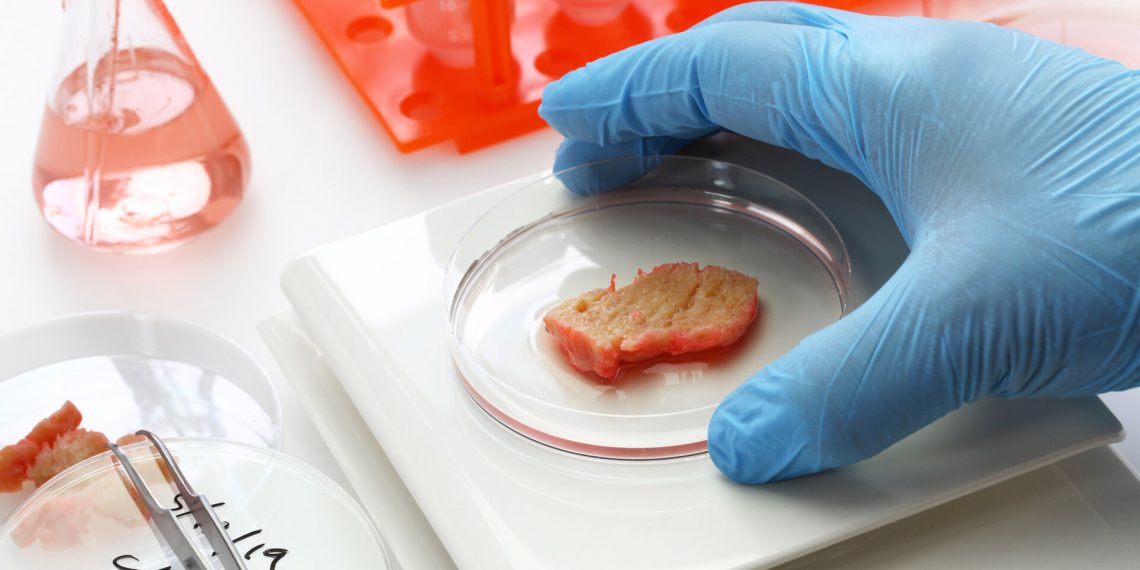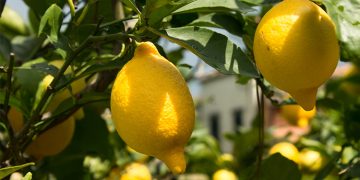Their primary goal was to determine whether cultivated meat, i.e. growing meat in bioreactors using real animal cells, is a viable option for space, as a protein food source that can be produced in-situ. Over the past year, the selected teams, one made up of the German company Yuri and Reutlingen University, and the other of UK companies Kayser Space, Cellular Agriculture and Campden BRI, had the chance to develop this idea further with funding from the Discovery element of ESA’s Basic Activities.
Cultivated meat would offer the opportunity to produce fresh and familiar meat products in situ. ESA engineer Paolo Corradi explains: “The focus is to provide astronauts with nutritious food during long-term missions far from Earth, overcoming the typical two-year shelf-life of traditional packaged supplies. Given the limited resources in space, growing fresh food in situ would be necessary to increase the resilience and self-sufficiency of a mission, and could also provide psychological support to the crew.”
To tackle this challenge, the British and German teams worked independently, comparing the existing protein food alternatives studied in space, such as plants and algae, to cultivated meat in terms of nutritional value. They proposed different cultivated meat production methods and bioreactor technologies.
Now the research results are in – and they look promising. “After their analysis, both teams have come to similar conclusions and suggest that the idea of producing cultivated meat in space is not far-fetched and calls for further research,” Paolo adds.
ESA is also working to develop technologies that will improve bioprocesses and metabolic resource use onboard the spacecraft. “ESA is investing significant efforts in researching advanced life support systems,” explains Christel Paille, ESA life support engineer and part of the cultivated meat activities. “We are creating ground prototypes to investigate, for instance, closed-loop systems that recover nutrients and recycle metabolic wastes. This could also be applied to cultivated meat production to recover the nutrient medium that we give to the cells.
Paolo adds: “It’s something that is still in its infancy, so we proposed a roadmap that outlines the steps required to progress the necessary technologies and fill current knowledge gaps.”
“This includes understanding how cells adapt to altered gravity and radiation,” continues João Garcia, ESA researcher in cultivated meat for space applications. “By using facilities available at ESA, we will soon start experiments to understand these effects.”
“Whilst we consider cultivated meat for feeding astronauts in space, it is also becoming a promising solution for feeding a growing population on Earth. Though further developments and attitude shifts would be required before it becomes widespread, significant milestones have been achieved recently. Some examples are the positive assessment on cultivated meat presented in the United Nations FAO and WHO report, and the full regulatory approval for two companies to sell cultivated chicken products in the United States.”
“Hopefully, we will see soon the European Food Safety Authority granting similar approvals and the research rapidly progressing,” continues Paolo “The feeling is that we are at the beginning of a process that could transform the industry, making the conventional meat production model obsolete.”
Traditional meat production poses indeed a huge threat to the environment, being one of the major contributors to greenhouse gas emissions, deforestation, biodiversity loss, and pollution, in addition to using enormous amounts of water and land. Besides that, it significantly increases the risk of future pandemics and causes animal abuse and suffering. As people become more aware of these issues, cultivated meat could become an interesting and important alternative.
ESA’s continued research in this field could contribute, via space technology transfer to ground applications, to a paradigm shift in how we produce and consume meat. This would lead to a much-needed transition that will bring huge benefits to the planet and humans, which aligns with ESA’s commitment to the United Nations’ Sustainable Development Goals.




















